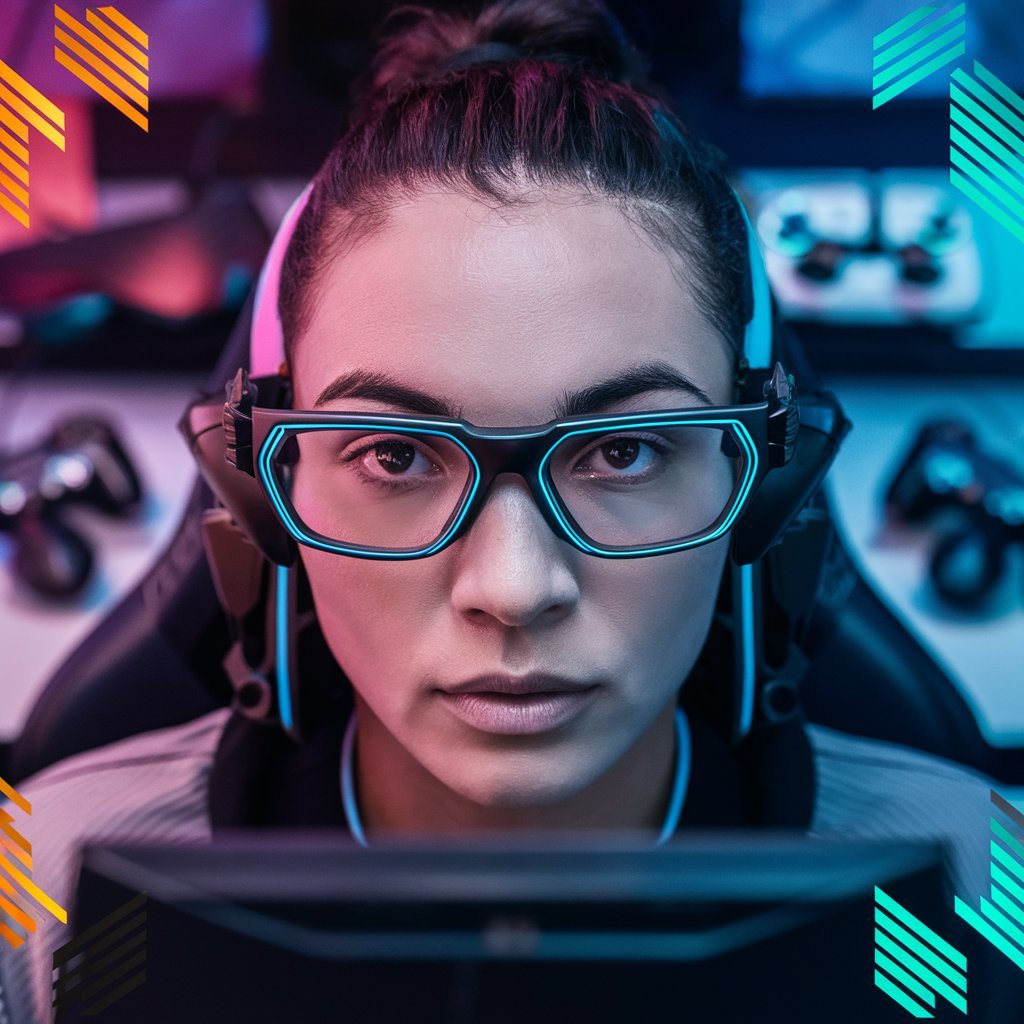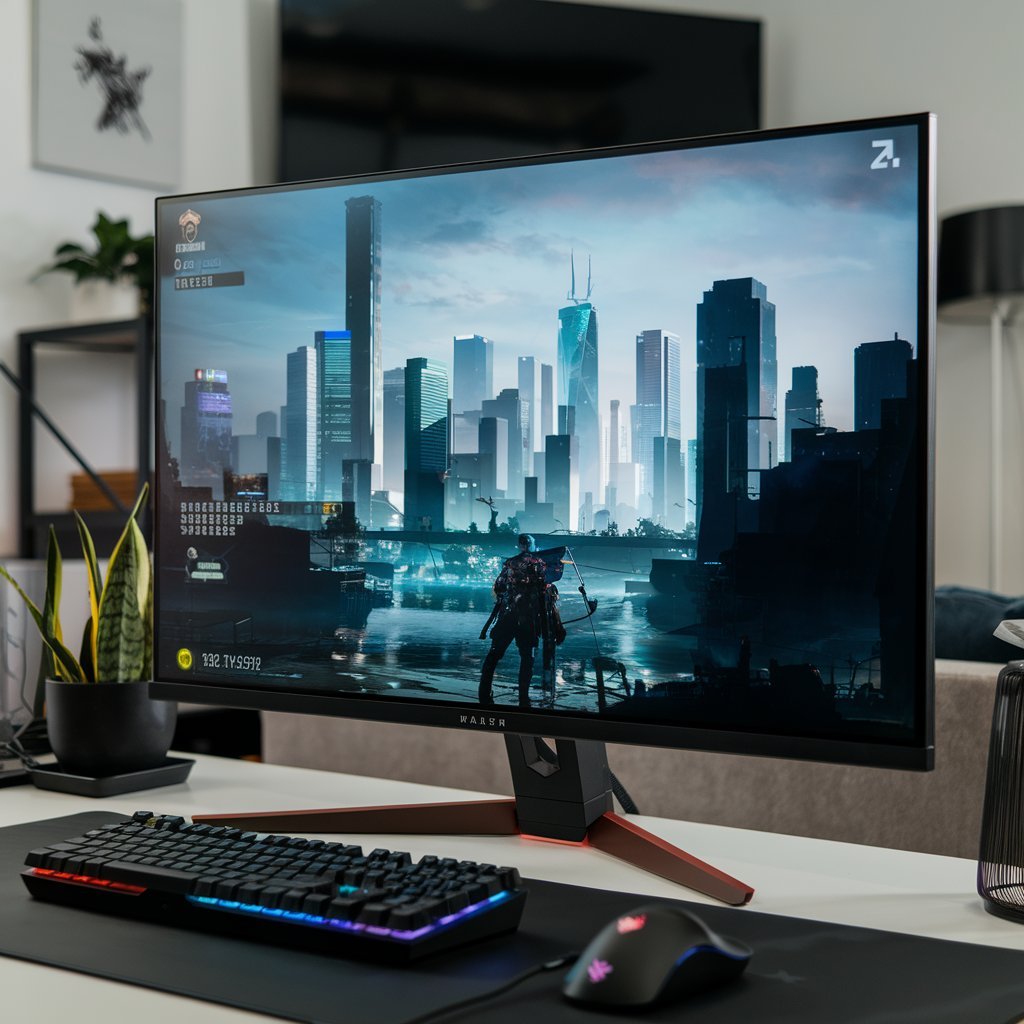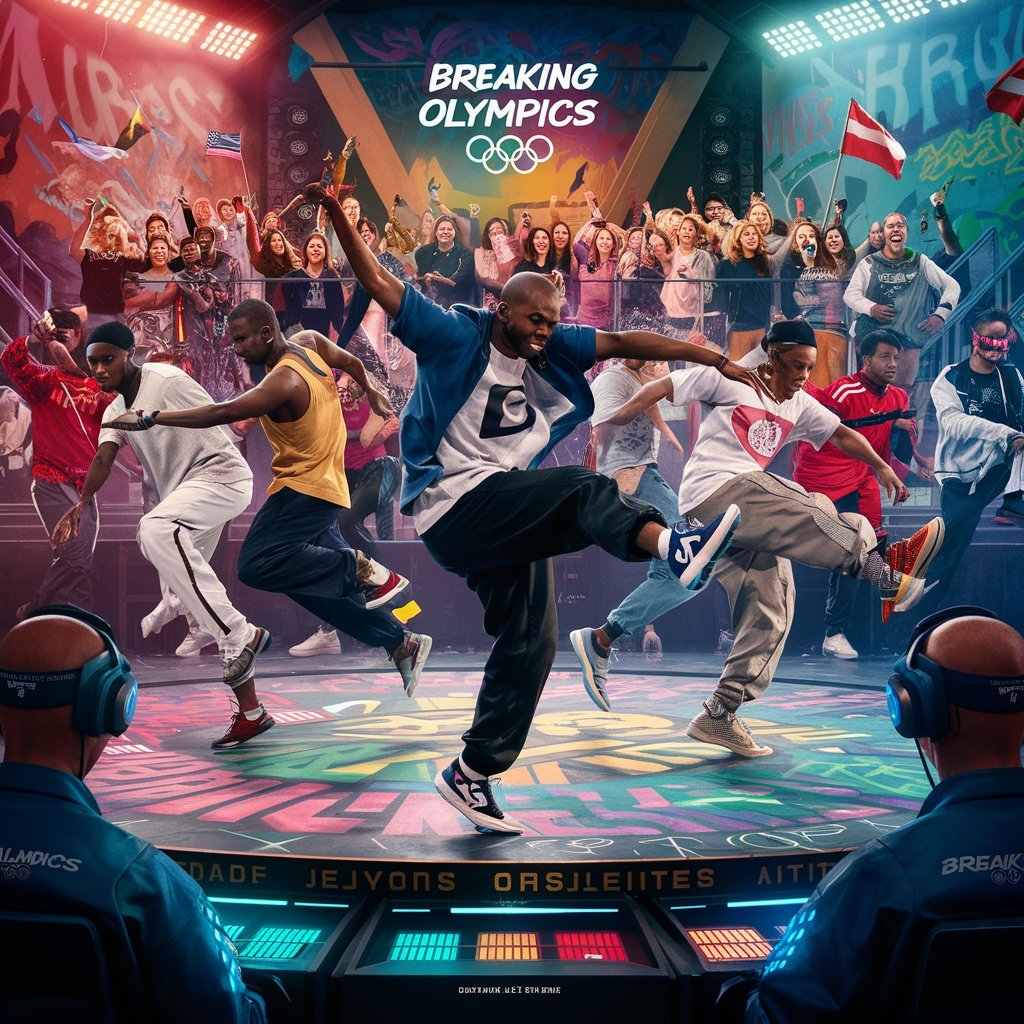
Gaming Glasses: My Honest Diary of Eye Strain, Late Nights & a Little Bit of Relief
Let’s be real — if you’ve ever lost track of time in front of a glowing screen (whether gaming, working, or just scrolling endlessly), you’ve probably felt that weird burning sensation in your eyes. You know, that “I think my eyeballs are about to retire” feeling. Yeah, that one.
So, here’s the thing — I never believed in gaming glasses. I thought they were just another overpriced gimmick designed to make us look “pro gamer” while doing literally nothing. But after months of sleepless nights, migraines that felt like boss fights, and my vision getting blurrier than a laggy stream, I caved in.
And this — this is my honest, messy, human story about how a simple pair of glasses changed the way I game, work, and exist in front of screens.
The Eye Strain Era: When It All Started
Picture this: It’s 2 a.m. I’m halfway through a ranked match, my room glowing blue from my monitor like some neon cave, and suddenly — my eyes start to sting. Not the “I need a quick blink” kind of sting. The kind where you rub your eyes, but it only gets worse.
I used to think I was just tired. Or maybe it was dehydration. You know how we gamers are — we’ll diagnose everything except what’s obvious. But it kept happening. Every night. The dry eyes, the tension headaches, the fatigue that felt like I’d run a marathon even though I hadn’t moved from my chair.
That’s when a friend said, “Bro, you should try gaming glasses.”
And I laughed. Loudly.
I mean, come on — glasses for gaming? What’s next, shoes for scrolling TikTok?
What Even Are Gaming Glasses?
Before I gave in, I did my homework. Turns out, gaming glasses aren’t magic. They’re designed to filter out blue light — that harsh wavelength of light that screens emit, which messes with your sleep, strains your eyes, and can make your face look like a ghost under LED lighting.
Blue light exposure at night tricks your brain into thinking it’s still daytime, so your body holds back on producing melatonin — the sleep hormone. That’s why after a long night of gaming, you can be exhausted but still can’t fall asleep.
So yeah, these glasses supposedly block part of that blue light. Some even reduce glare and improve contrast, which, in theory, could make gaming more comfortable.
Still, I wasn’t convinced.
My First Pair: Cheap, Plastic, and Surprisingly Helpful
I didn’t go for those fancy $100 ones at first. Nope — I got a $15 pair from Amazon. The frame looked decent enough, though the yellow tint made me look like a budget hacker from a 2000s action movie.
But here’s the twist — they worked.
Not “I suddenly see in 4K ultra-HD” worked, but subtle things changed. My eyes didn’t feel like sandpaper after long sessions. The headaches? Way less frequent. And when I went to bed, I actually felt sleepy instead of wired like I just had a triple espresso.
That was my “wait a minute…” moment.
How Blue Light Sneaks Into Your Life (Even Outside Gaming)
Once I started using gaming glasses for actual gaming, I realized something else: I was staring at screens all the time.
Work? Laptop screen.
Phone? Screen.
Netflix? Big screen.
Even cooking? Following recipes on my tablet — yep, screen.
No wonder my eyes were protesting.
So, I started wearing those same glasses during work hours too. And honestly? The fatigue I used to feel by 3 p.m. — that drained, foggy kind of tired — started easing off. It was like my brain could breathe again.
But Do Gaming Glasses Actually Help Everyone?
Let’s not overhype it. Gaming glasses aren’t some miracle cure. They don’t make you an esports god overnight or fix bad posture from 8-hour gaming marathons (trust me, I’ve tried).
They do, however, make long sessions less painful. Especially if:
-
You game late at night or in dark rooms.
-
You’re staring at multiple screens for work or streaming.
-
You already wear glasses and want prescription gaming lenses.
It’s one of those “once you use it, you notice how bad it was before” things. Like switching from tap water to filtered — you don’t realize how much your body appreciates it until you try.
Finding “The One”: My Hunt for the Perfect Pair
After the cheap pair convinced me gaming glasses weren’t a scam, I decided to upgrade.
There are so many brands out there — Gunnar, HyperX, Razer Anzu, and even random ones that sound like alien tech companies. But the main things I looked for were:
-
Comfort: Because those tight, plastic frames? Absolute torture after an hour.
-
Lens quality: Not too yellow (unless you’re into the “vintage sepia” look).
-
Blue light filtering: At least 30–50%.
-
Style: Because if I’m going to wear them on stream, I can’t look like a mad scientist.
I eventually landed on a mid-range pair from Gunnar Optiks — stylish enough for work calls, practical for gaming, and light enough that I forgot I was wearing them.
And honestly, it’s been months now, and they’re one of those small purchases that genuinely improved my day-to-day life.
The Science Side (But I’ll Keep It Simple)
Here’s the thing — studies on blue light blocking are mixed. Some say it’s life-changing; others say it’s mostly placebo.
But here’s what’s definitely true:
Blue light exposure does disrupt sleep cycles, especially in the evening.
Screens do cause digital eye strain due to prolonged focus and glare.
So whether it’s psychological or physiological, wearing something that filters light and gives your eyes a break helps. Period.
Think of it this way — you wouldn’t stare at the sun for hours and expect no consequences. Well, screens are the indoor version of that, just… sneakier.
Small Things I Noticed Over Time
It wasn’t just about comfort. A few weeks in, I started noticing little things:
-
My focus improved. I could play longer without needing mini breaks.
-
No more eye twitches. (Yes, those tiny, annoying muscle spasms are a real thing.)
-
My sleep got deeper. Especially after gaming at night — I didn’t toss and turn as much.
-
I looked less tired. No more zombie eyes on Monday mornings.
It’s wild how something so simple could change that much.
When Gaming Glasses Aren’t Enough
If your eyes still hurt even after using gaming glasses, it might not be the glasses — it’s your setup.
A few pro tips I learned the hard way:
-
20-20-20 rule: Every 20 minutes, look at something 20 feet away for 20 seconds.
-
Monitor height: The top of your screen should be at or slightly below eye level.
-
Lighting: Avoid total darkness — your screen shouldn’t be the only light source.
-
Hydration: Eye dryness hits harder when you’re dehydrated.
Combine all that with gaming glasses, and you’ve basically built yourself an eye-care fortress.
Gaming Glasses & Style — Yes, You Can Look Cool
Let’s talk aesthetics because, let’s be honest, no one wants to look like they’re wearing safety goggles while fragging enemies.
Modern gaming glasses actually look pretty slick now. You can find styles that match your vibe — minimalist, bold, retro, or even clear lenses that don’t scream “I’m wearing filters.”
And if you are making streaming or material, they can also add a touch of personality. I get a comment all the time, “Hey, where did you get those glasses from?”
Not gonna lie, it feels good to reply, “They’re not just for looks, man. They’re my secret weapon.”
Are They Worth It?
If you spend more than 3–4 hours daily in front of screens, yes — 100%.
Gaming glasses are one of those investments that pay off quietly. No flashy results, no fireworks — just less pain, better sleep, and maybe a little extra confidence knowing you’re protecting something as valuable as your sight.
They’re especially worth it if you:
-
Stream or work from home
-
Play competitive games for long hours
-
Already wear prescription glasses (many brands offer custom lenses)
FAQs About Gaming Glasses
Q1: Do gaming glasses really block blue light?
Yes — depending on the brand, they block anywhere from 30% to 90% of blue light. Look for lenses that specifically mention the percentage of filtration.
Q2: Can I wear gaming glasses all day?
They are safe to wear continuously, especially during work or gaming session. Some people also wear them out, although they are not replacement for sunglasses.
Q3: Do they help with headaches?
For many users, yes. By reducing dazzle and screen contrast, they can reduce stress that often leads to headaches and fatigue.
Q4: Are prescription gaming glasses available?
Yes — most popular brands like Gunnar or Zenni offer prescription lenses with blue light filtering. Perfect if you already wear glasses.
Final Thoughts: My Diary Entry After Months of Use
If I could go back to my 2 a.m., eye-burning, sleep-deprived self, I’d hand over these glasses and say, “Trust me, it’s worth it.”
Gaming glasses might not make you a better gamer, but they do make you a more comfortable one. And that matters.
It’s easy to overlook eye care when you’re chasing ranks, grinding levels, or working late, but this is one of those rare tech accessories that actually gives back.
So, if you’re reading this on a glowing screen right now (which you are), consider this your sign. Your eyes deserve a break.
Because at the end of the day, winning is fun — but being able to see the victory screen without squinting? That’s priceless.




